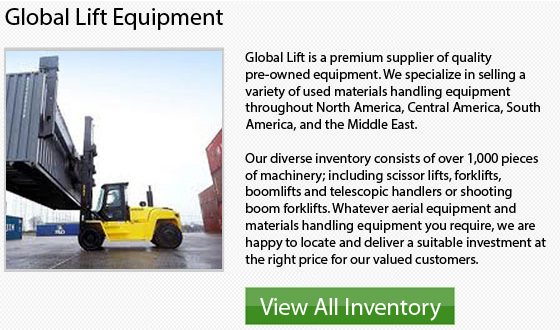
The kind of vehicle usually found in factories, warehouses and other work sites where moving heavy materials from one location to another is required is known as a forklift. The mast is the mechanism located on the front of the forklift that hydraulically lowers and lifts the load. The "cat" is the protected area where the operator of the forklift sits.
Forklifts are capable of lifting loads between one and five tons in weight. Some models can be used to carry shipping containers and loads that are a lot heavier.
The tires of a forklift must be inspected and maintained regularly. The types of tires on different forklifts vary according to factors such as ground surfaces, frequency of use and load weights. Each and every forklift operator should have access to tire press, replacement tires and a forklift jack.
Tire Maintenance Instructions
Carry out tire inspections on a regular basis. Watch for indications of wear and damage to the tires. If the wear on the tire exceeds 40 percent, it must be replaced.
When you purchase tires, be sure you purchase the right type - solid, pneumatic or polyurethane.
When you have to replace the tires, the forklift jack should be positioned under the tire. You could easily change the tires if you lift the forklift high enough.
To remove the damaged tire, pull the tire from the rim using the tire press. Install the new tire and properly secure it. If you are changing more than one tire and you have only one jack, lower the forklift, then reposition the jack at the next tire.
A repair company could offer on-site tire repair. If the tire is extremely large for both in-house and mobile tire presses, the tire which is damaged should be transported to a shop which has a stationary tire press.